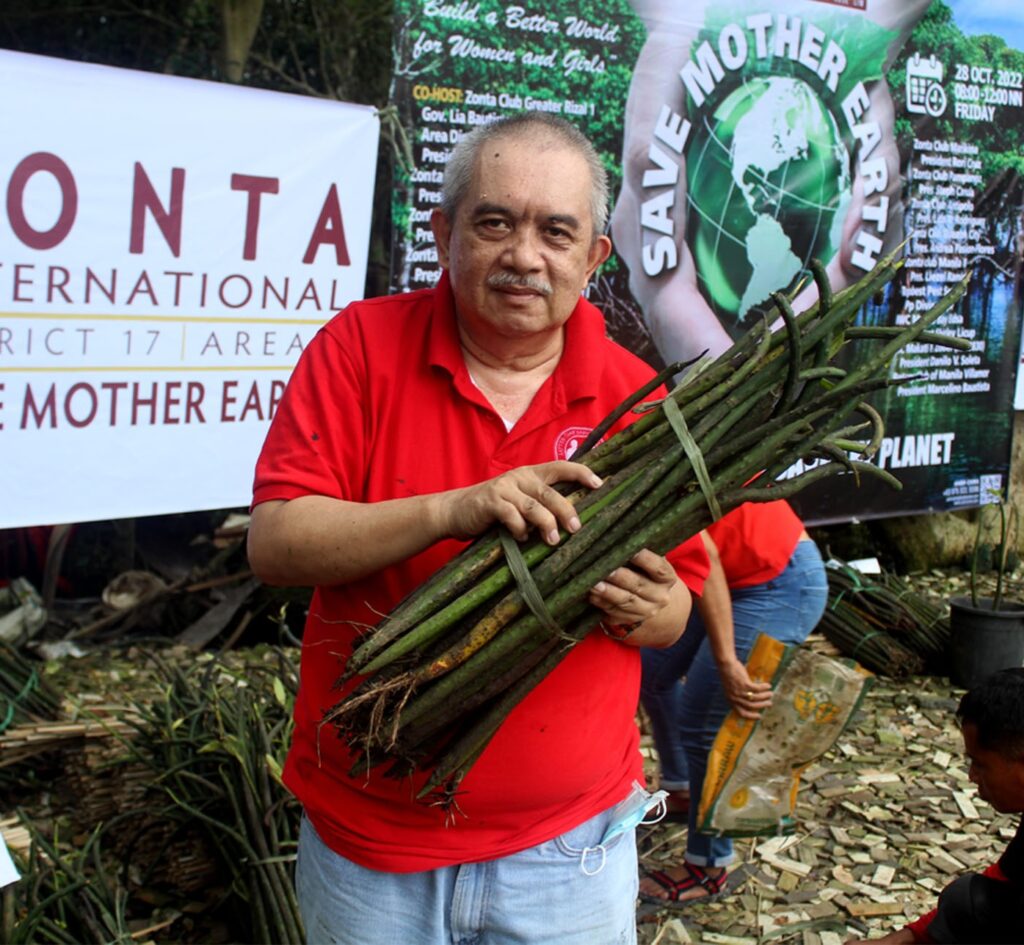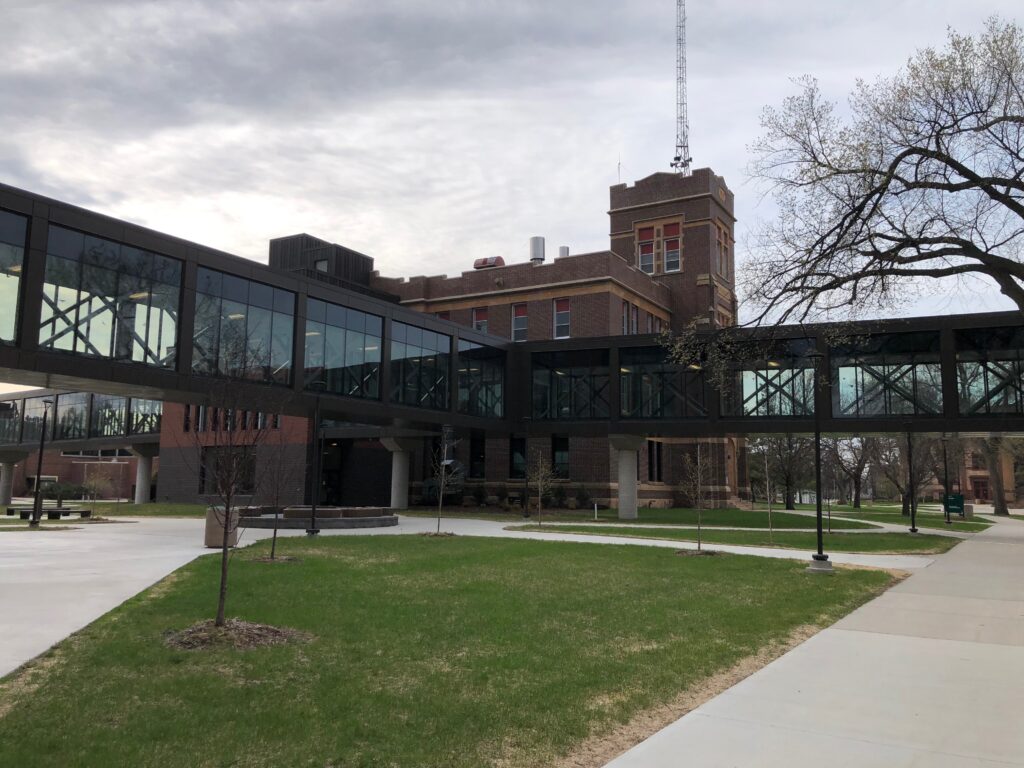By Danny Ferguson
In 2000, President Nelson said, “As beneficiaries of the divine Creation, what shall we do? We should care for the earth, be wise stewards over it, and preserve it for future generations”. To care for the earth and be stewards over it seems pretty easy, but so does living the Christ centered life, and we know at times that can be difficult. Fortunately, God has given us some guidance for embarking on difficult tasks: start with a small step. This post is meant to help us find a way to care and take action, even if it’s a tiny step towards caring.
I currently work as a scientist in North Dakota where I study how individuals learn biology. I love being able to know the best ways to teach and talk about the complex intricacies of life through a biological lens – ones that bring wonder and awe to students. But as an educator and researcher, what science and what I teach in my class is only knowledge. Some of my students will actually care about a topic and want to do something about it because of what they learn. Most, however, will not. As Robin Wall Kimmerer says in her book Braiding Sweetgrass, “Science can give us knowing, but caring comes from someplace else”. Science helps us understand truths of the physical world, but it cannot always help us care. How then, do we learn to care?
In the Book of Mormon, Enos, the son of a prophet, starts by praying for forgiveness, but as he feels God’s love, his thoughts naturally turn outward. He begins to pray for his people—and even for his enemies, the Lamanites. It was through his heartfelt and thoughtful prayer that his empathy grew for those around him. I think we can use this example of Enos to focus some of our time and attention on our ability to care for the earth.
Caring is just the start of this sometimes slow step-by-step process. As we build this desire to care, we can start to experiment upon the words in Alma 32:27 where it says “even if ye can no more than desire to believe (or care), let this desire work in you, even until ye believe”. If life seems overwhelming, or the challenge to help the earth seems too big and if all we can do right now is construct a version of ourselves who cares, that is good enough. As we construct this desire to care, this desire will work in us, until we feel a push to a microscopic action.
Another way in which we can learn to care for our earth is through service. It is as we serve, as we take time to express interest and concern in something other than ourselves, that we are more likely to gain a glimpse of who we really are and what we can ultimately become. It is through acts of service, a giving of our time, that we truly begin to care. There are so many examples of people around the world doing service in small and simple ways that help them care for the earth. For example, an LDSES group in the Philippines started because Anthony Cama was serving with a local rotary club when he came across the LDSES website, and had a “strong feeling that I must do something in fulfilling my sacred responsibilities for Mother Earth”. Through his service in the community he gained a desire to serve and care for mother earth and now is helping streamline an initiative for mangrove planting in the Cañacao wetlands in the Philippines with others in his community. His desire to serve led to more action, eventually.
What can earth stewardship look like for you? How can we start to get involved in our community? I’d love to share a couple of personal examples in which, because of prayer and engagement, I’ve been guided to be a representative of Christ through earth stewardship in my community.

We don’t currently have a backyard where we live, but we have a little patio and some extra space. This year me and my kids decided to grow a little garden in the extra space with some containers we had around the house. After we started talking about it as a family, we found out that our local library holds a seed donation, where individuals wanting to start a garden can get seeds for free. Most of the seeds my children got were sunflowers, local wildflowers, and a few vegetables. We spent this past weekend on the back patio filling our containers with dirt and planting some of these seeds. It has been amazing to see my kids excited to show their friends our garden space when their friends come over to play. Although we are still in the beginning phases of our garden, I can sense my kids’ desire to care for their seeds they have planted.
On campus where I work because it gets so cold (at times below -45 F), they have built beautiful walkways with windows that connect buildings together so people do not have to go outside. They are truly a life-saver in the winter months, but they come with a cost. They have resulted in an increased number of bird strikes and bird deaths on campus due to the window reflection. I recently witnessed such an event, and felt sad and dismayed. I came to learn of a community on my campus who is documenting, collecting, and tracking these window strikes looking for solutions to reduce them. What a wonderful connection I have been able to build with people not of our faith through simple acts of service and love. And it all started because of my obsession for birds.

These are two small simple examples, from my life, of how anyone can start supporting community efforts to care for the earth. But there are many more ways we can honor our Heavenly Father through caring for the earth. The Latter-Day-Saints Earth Stewardship website also has family home evening earth stewardship resources that can be downloaded and used in family or ward settings to help inspire us to love God through caring for this earth.
God can help us obtain a desire to care for this beautiful earth. We must seek Him. We can ask Him how and in what capacity we can show our love to Him through caring for the earth. And, remember, it is not through big steps that we will change the world, “it is through small and simple means, that great things come to pass” (Alma 37:6). Start small, say a prayer, ask for guidance, and over time amazing things will happen. We got this!
Danny Ferguson is currently a postdoctoral researcher at North Dakota State University where he studies how people learn and understand biology. In his spare time he loves to read, go birding, collect insects, and spend time outside with his wife and five kids.
Note: Blog posts are written by volunteer writers; the opinions of writers are their own and are not necessarily representative of Latter-day Saint Earth Stewardship.
